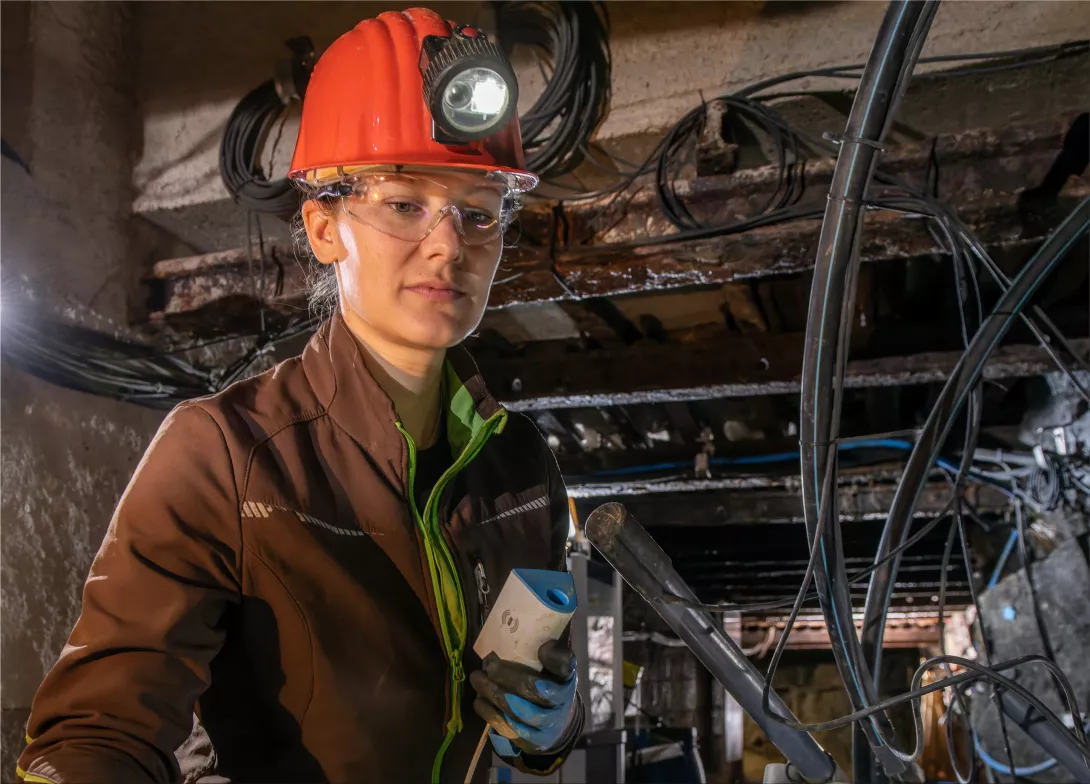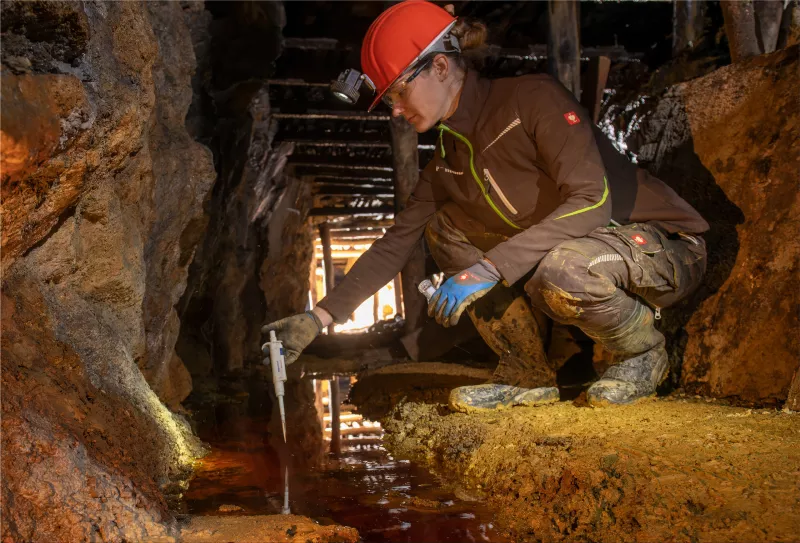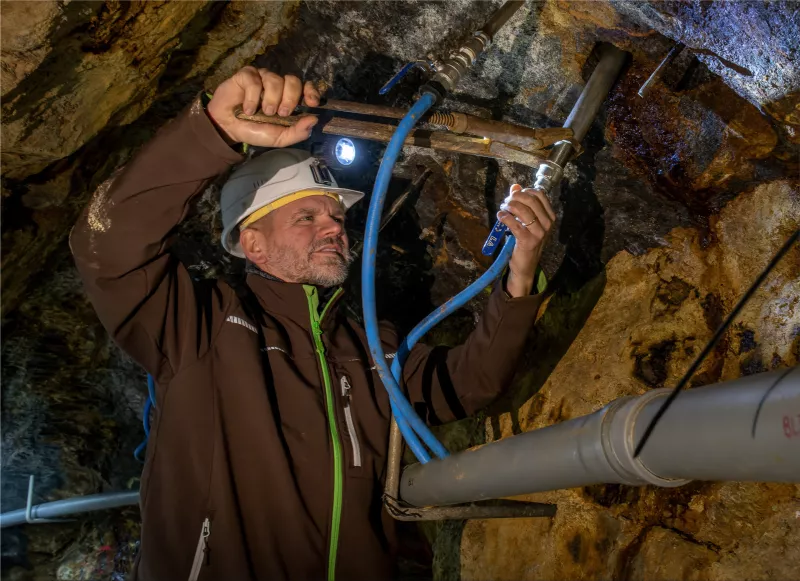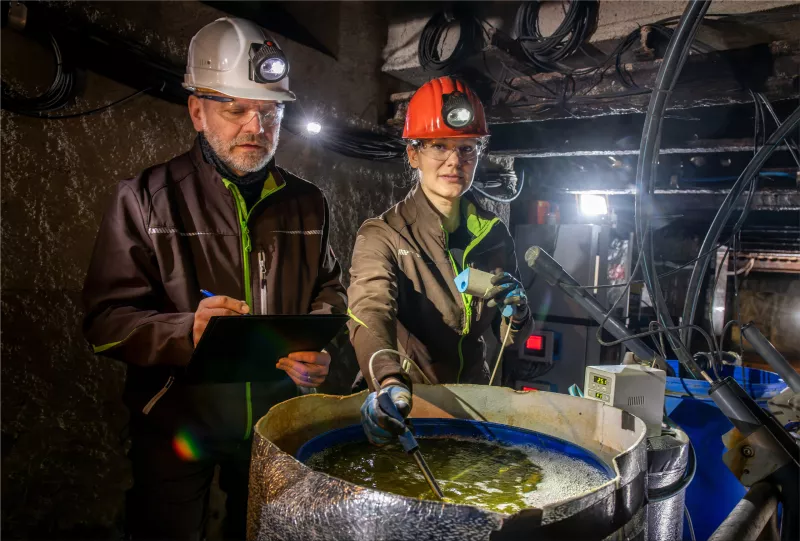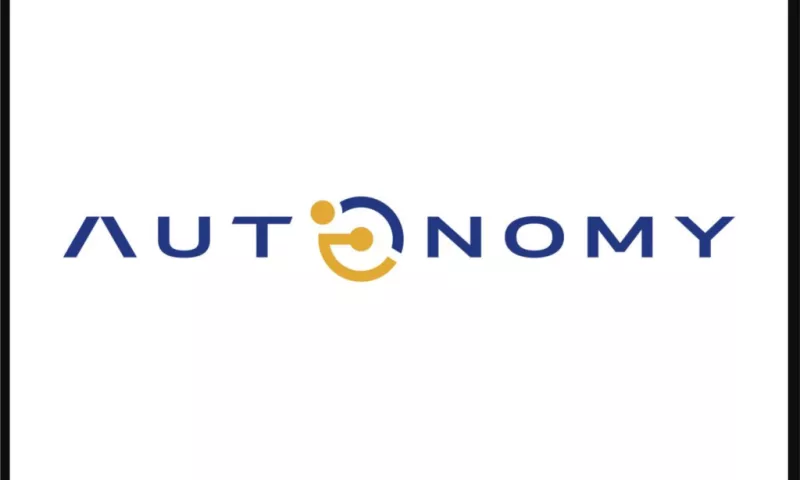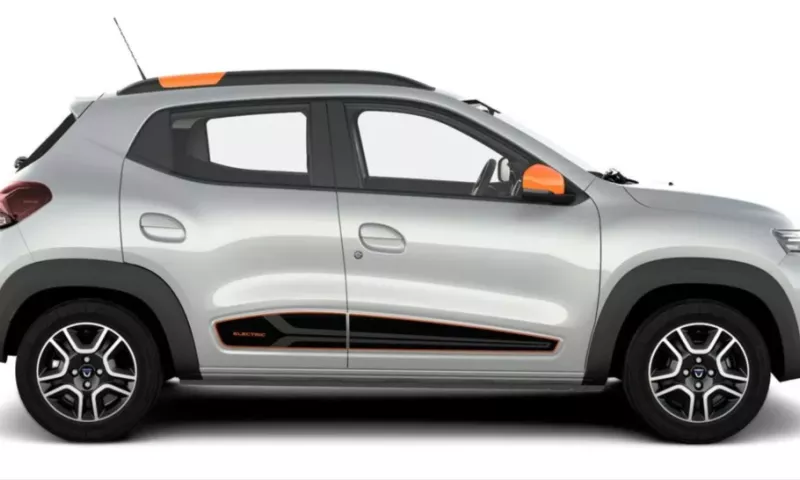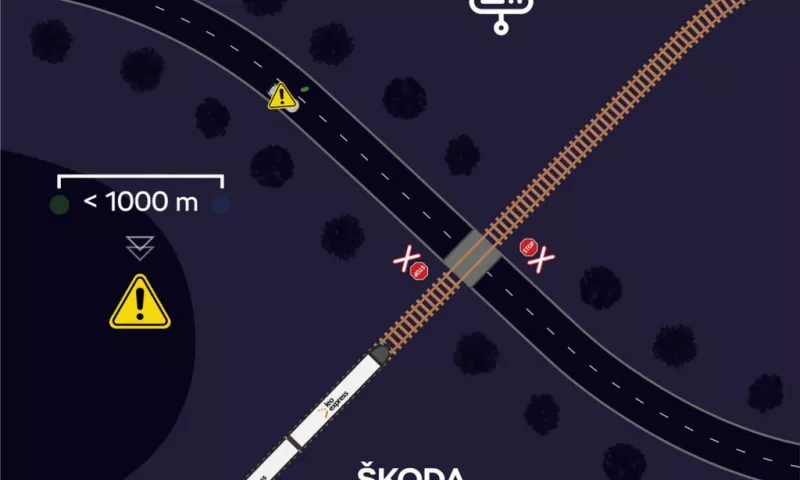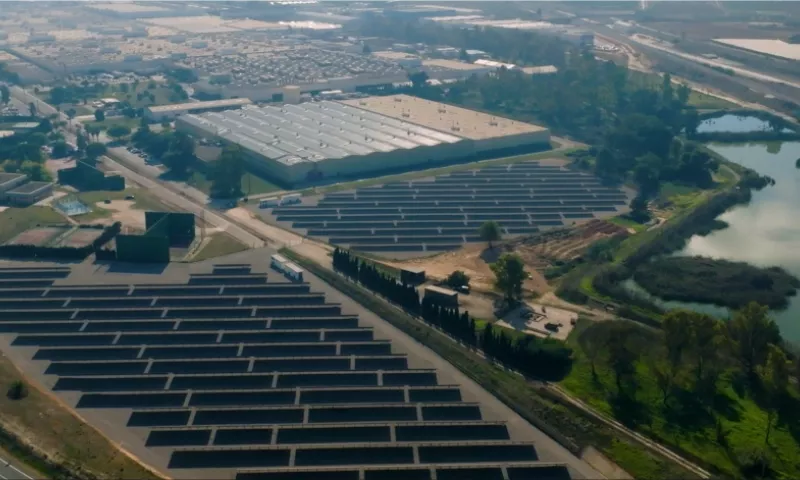In conjunction with the Freiberg University of Mining and Technology, Audi's environmental fund has been studying new techniques for extracting high-tech metals and so-called rare piles of earth, which are essential for cutting-edge technologies like glass fibers, solar cells, and semiconductors. Raw materials must be extracted from mines in a manner that is both environmentally friendly and sustainable.
Raw metals are scarce and expensive. They will play a role in many upcoming technologies, from artificial intelligence to electric vehicles. Many metals used in technology, such as indium and germanium, as well as cobalt, lithium, and rare metals, are classified as critical raw materials for EU 2020. This list of economically significant raw materials with high supply risk can help negotiate trade deals and encourage research, new ideas, and sustainable extraction.
There are only a handful of governments that have access to many of the essential raw materials. They are dispersed inconveniently across the globe and are notoriously difficult to reach. Sometimes they are found in quantities too small to make extraction worthwhile. Also, mining has significant adverse effects on the natural world. As a result, the Audi Environmental Foundation and the Institute for Thermal Process Engineering and Environmental and Natural Materials Process Engineering at Germany's Freiberg University of Mining and Technology have teamed up to develop new strategies for extracting raw materials.
How can mining be made more environmentally friendly? This was the question that framed the 2-year study. Here, the researchers have used their theoretical knowledge in a research mine that mimics real-world conditions.
The goal is to extract technologically essential minerals from the ore without resorting to destructive methods like massive blasting. This process is less invasive than traditional ore mining techniques, much like modern surgical procedures. That has many benefits: there is no need for hefty machinery, very little electricity or chemicals are required, and no harm is done to the natural environment. Chief executive officer of the Audi Environmental Foundation Rüdiger Recknagel explains the process, praising it for being "environmentally friendly and innovative" because it allows for the extraction of only small amounts of ore while minimizing the need for large-scale mining operations. Because of this, there is more independence from outside sources, which makes supply security better.
So-called in-situ bio-leaching is a process that has been developed and optimized in the lab before being put through its paces in the research mine at Freiberg University of Mining and Technology. To that end, the scientists don't make any holes in the mine's ore passage. The raw material elements are extracted from the ore through leaching, which employs microorganisms to break down the ore's structure. The mine already contains these microorganisms. According to Roland Haseneder of the Institute for Thermal Process Engineering, Environmental and Natural Materials Process Engineering, "For us, the bacteria are the little miners who help to transfer the metal ions into a solution." Some of the mineral components are broken up in this way.
The professionals utilize a direct two-stage membrane processing method in addition to this step. On-site work eliminates "transportation costs and logistics," as Haseneder puts it. As part of the circular economy, the facility also recycles the microorganisms by putting them back into the leaching process.
Indium and germanium will be isolated and concentrated from a complex mixture for further use. Flat screens, touchscreens, navigation systems, fiberglass technology, computer chips, solar panels, and car bearings rely on these two strategic metals.
The specialists were curious about how the system would fare 147 meters underground, where the humidity is over 90%, the temperature is only 10 degrees Celsius, and the dripping water is acidic. Crucial factors included the make-up of the bacterial solution, the degree to which it was enriched with the target elements, the parameters of the processing used, and the yield of the desired parts. The various tests may provide evidence of how well the system works. To achieve a higher degree of separation, "we have adapted the pressure, the flow rate, and the cleaning processes," as Haseneder puts it. The germanium excretion effect has been boosted by 20% compared to controlled laboratory conditions.
Other elements, such as cobalt, can be found in different deposit sites, but we will need to use a sustainable extraction process to get them in the future. As such, it is well fit for use in old mines that use the preexisting infrastructure to extract raw material elements from poor ore (ore types with a low content of raw materials) and secondary raw materials. Haseneder adds that the method can be applied to other problems, including urban mining. The Freiberg University of Mining and Technology researchers actively seek compatible international collaboration partners. The long-term goal is to spread non-destructive mining techniques worldwide.
Audi's environmental foundation supports innovative scientific studies as part of its mission to improve the world. The foundation's mission is to aid in environmental preservation by developing and disseminating strategies for sustainable conduct. The foundation is dedicated to protecting the natural habitats of humans, animals, and plants and supporting the research and development of environmentally friendly technologies. It is a wholly-owned subsidiary of AUDI AG and was established in 2009 as part of the company's dedication to the community and the environment.

